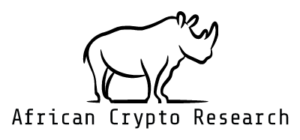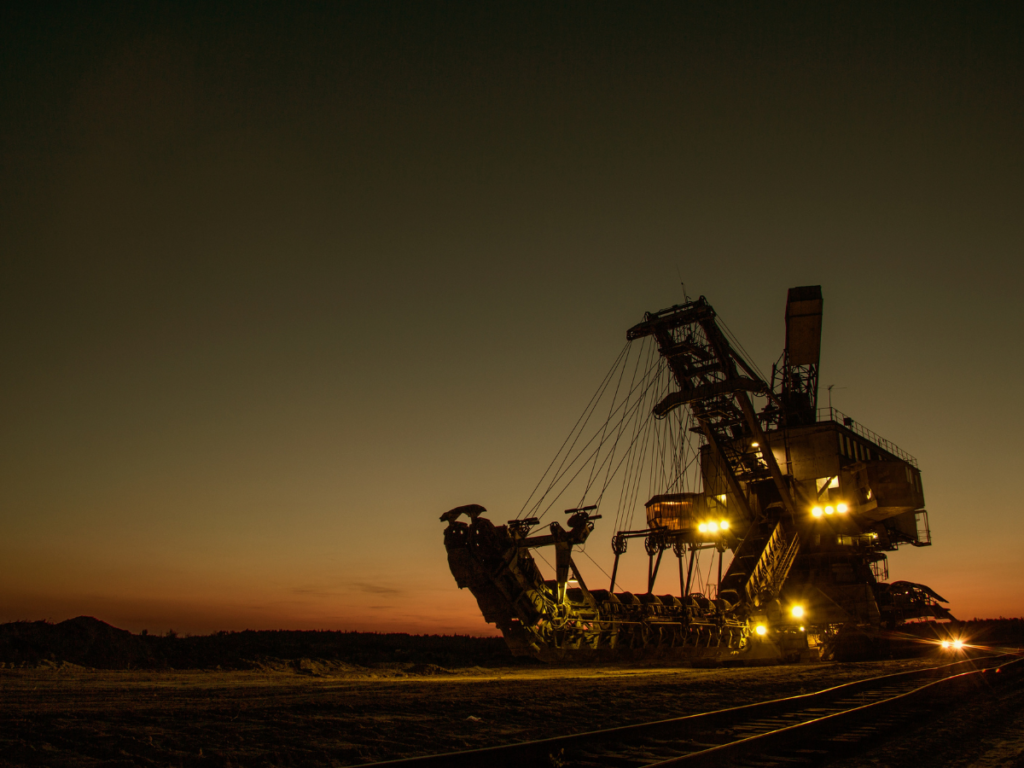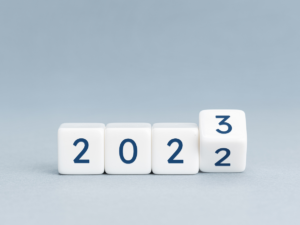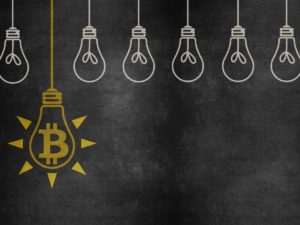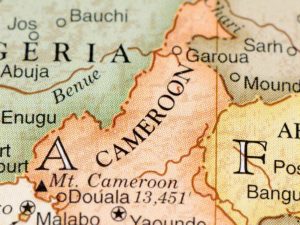A look at how five mining-related projects in Africa are integrating crypto into their business models.
Mining is a key industry in Africa, and as blockchain adoption spreads on the continent, it’s no surprise that projects are emerging at the intersection of mining and crypto. This article looks at four approaches to tokenisation used by five mining-related projects on the continent.
Namibia: Uranium-Backed NFTs
In early October, a Canadian company called Madison Metals announced it had entered into an arrangement to tokenise up to 20 million pounds (~9,070t) of uranium from its mining interests in Namibia. The arrangement was carried out via a forward sales contract between Madison Metals and Lux Partners. The latter operates Lux Network, which is described as a “a decentralized network of blockchains providing institutional-grade, regulatory-compliant access to digital money and real world assets.”
Since 15 October, the Uranium-backed NFTs have been available for purchase on Lux Network and are currently trading at a discount to the market spot price of uranium. If all 20 million pounds are sold at the current price of $45/lb of uranium, that would total $900 million.
Once they purchase the NFTs, Lux users are able to borrow against them via a Lux-issued credit card. Alternatively, users can sell the NFTs on any NFT marketplace or hold them until the uranium is mined and the NFTs are converted into Lux’s upcoming uranium tokens.
South Africa: Zambesi Gold
Zambesi Gold is a company that was founded in 2021. In January 2022, the company carried out an initial token offering of “ZGD” on Binance Smart Chain. Following the token offering, Zambesi Gold acquired Middelvlei mine, which is located 38km west of Johannesburg and expected to begin gold production this December.
Per the business model, 25% of the “profit gold” from Zambesi’s mining operations is deposited with a custodian while the other 75% is re-invested into the acquisition of new mines. The gold held by the custodian is what backs the ZGD token. At any time, holders of ZGD can redeem their proportional share of the gold held by the custodian, following which, their tokens are destroyed. Additional gold added to the vault after this will accrue to the remaining token holders.
Central African Republic: Project Sango
The Central African Republic (CAR) made headlines earlier this year when it announced that it would tokenise its natural resources as part of Project Sango. Since then, Sango has run into some legal issues with CAR’s top court challenging the constitutionality of the plans to sell citizenship. In an email update on 2 October, the Sango team communicated that discussions are ongoing between relevant stakeholders to find the best path forward.
The email update also highlighted how the legal framework for the tokenisation of natural resources was close to completion. Based on the Sango website and whitepaper, what we know so far is that CAR’s approach to resource tokenisation will involve proposals by the government to Sango app users with respect to investment in specific mining projects. From there, users who wish to invest in these projects can lock up specific amounts of Sango coin as collateral in the app “in order to participate in the tokenisation process.” Dividends from the mining projects are paid back to users through the app and the app will also feature a marketplace for users to trade their interests in projects.
Keeping It in the Ground
A set of projects pursuing a novel approach in this already cutting-edge space are those that seek to tokenise natural resources in order to prevent their extraction. Examples of such projects include Qommodity in Sierra Leone and Element United, which has tokenised interests in Tanzania.
Such approaches seek to monetise the preservation of in-ground deposits via tokenisation. Many resources are simply mined in order to be stored in a vault. As such, an argument can be made that it’s better to spare the environment and leave those resources in the ground while we trade their digital representations that are based on geological disclosures.
On one hand, it may be hard to escape the feeling that one is trading nothing as compared to when we know there is a physical asset in a vault somewhere ready to be liquidated. On the other hand, the spirit of sustainability behind these projects means they should at least get the benefit of the doubt and be left to market forces to determine their viability.
If you enjoyed this article, consider subscribing to our weekly newsletter, where you can find more analysis on developments in the African crypto space.
